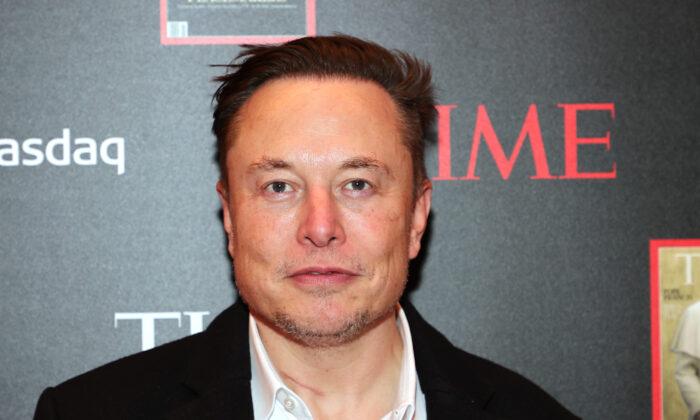“I haven’t,” Musk told the FT. “Read what it says when you order a Tesla. Read what it says when you turn it on. It’s very, very clear.”
Earlier this month, Musk’s SpaceX secured three more commercial crew flights to the International Space Station (ISS) as part of its contract with NASA.
The additional crew flights would allow the U.S. space agency NASA to maintain uninterrupted human access to the space station every now and then.
In November, SpaceX docked NASA’s Crew-3 mission astronauts with the ISS, its third operational crewed flight for NASA and the fifth human spaceflight mission that it has launched since May 2020.
“I don’t think there’s a CEO on this planet that cares more about safety than me,” Musk said.
But while SpaceX appears to be, quite literally, soaring to new heights without any major safety issues, Tesla has faced a number of challenges.
In August, the National Highway Traffic Safety Administration (NHTSA) opened a formal probe into Tesla’s Autopilot and FSD systems following nearly a dozen crashes with parked emergency vehicles that left one person dead and injured 17 others.
While the CEO didn’t specifically mention what the issues were, he noted that that Tesla’s internal quality assurance had found problems with some left turns at traffic lights.
At the time, Musk explained: “Please note, this is to be expected with beta software. It is impossible to test all hardware configs in all conditions with internal QA [quality assurance], hence public beta.”
“Regression in some left turns at traffic lights found by internal QA in 10.3. Fix in work, probably releasing tomorrow,” he said.
The businessman invited people to participate in the program, writing: “SpaceX is starting a program to take CO2 out of atmosphere & turn it into rocket fuel. Please join if interested.”





